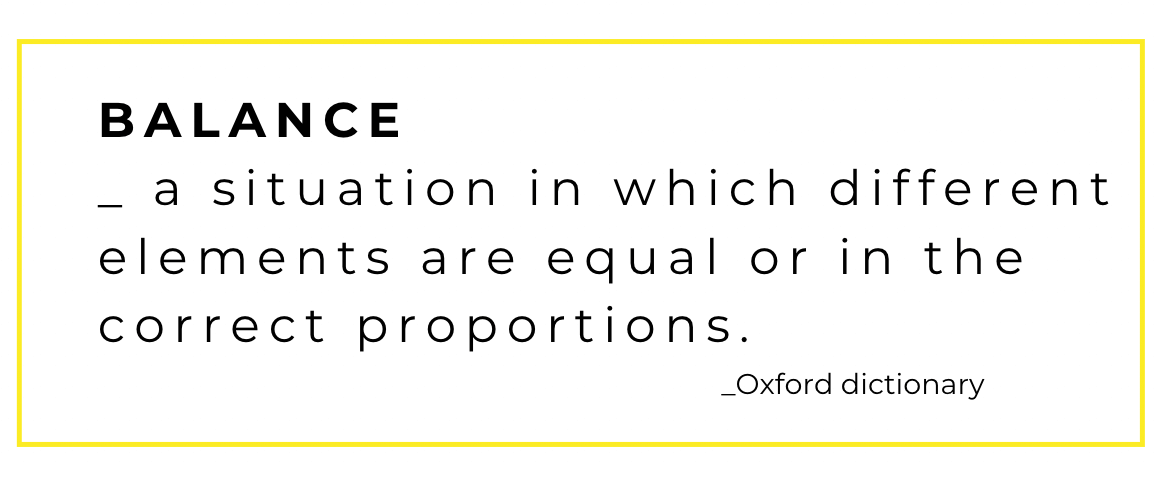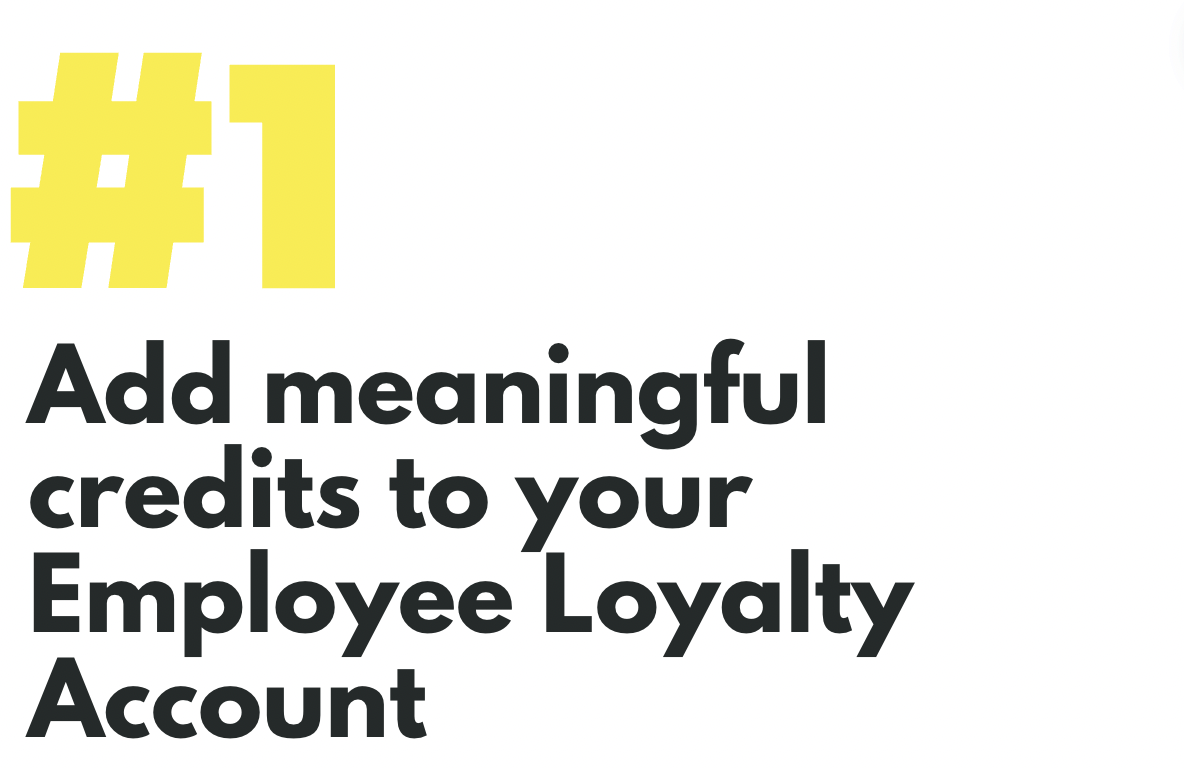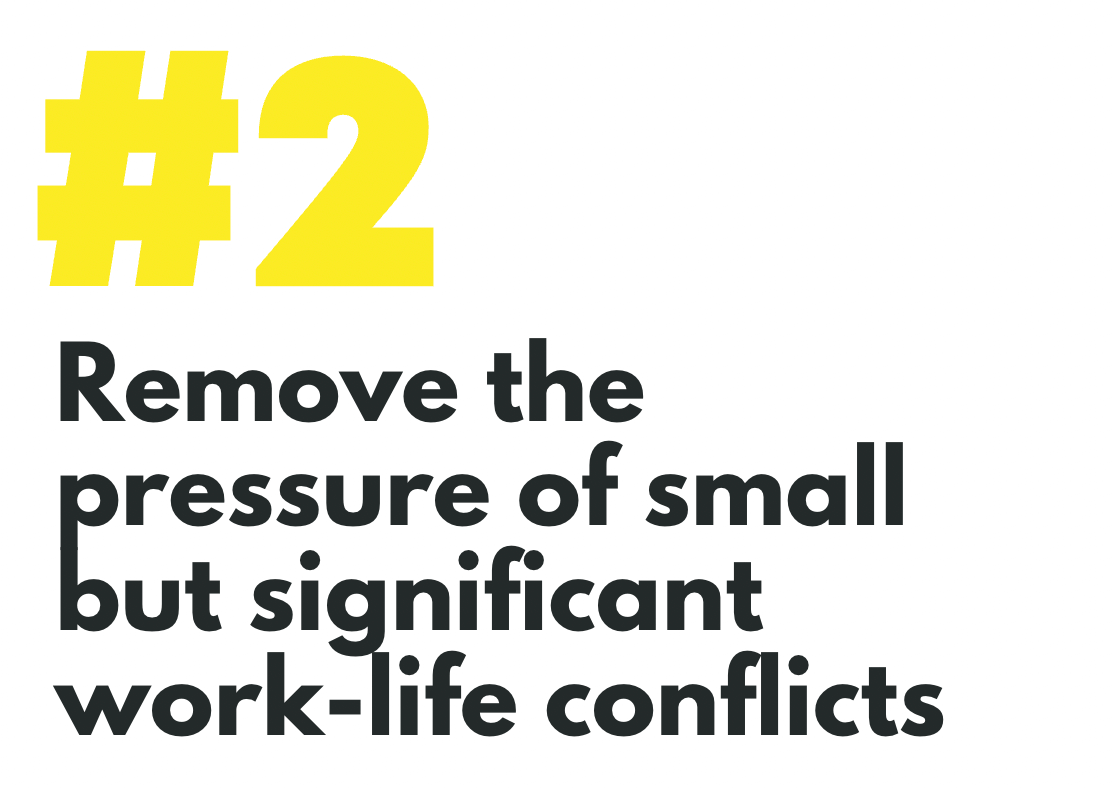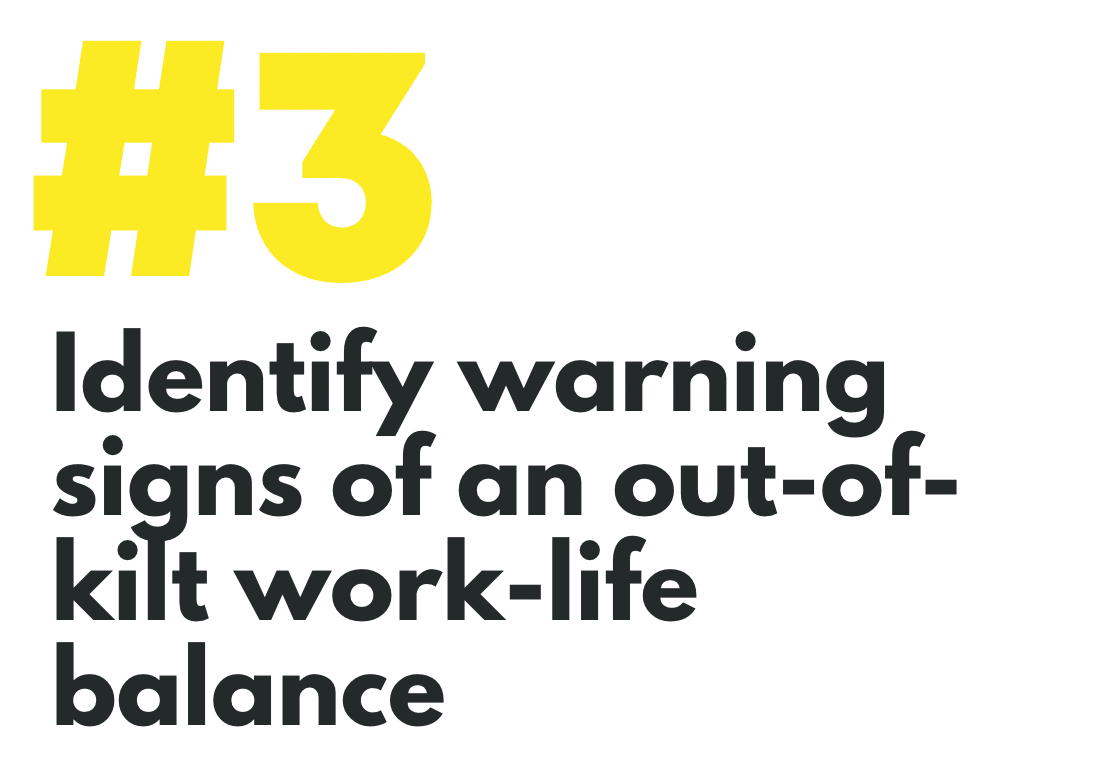Before sharing my tips for a healthy work-life balance, I thought a good starting point is to define the term ‘balance’ to ensure we understand our aim – the goal we are trying to achieve when we refer to a ‘healthy work-life balance’.

In my mind, the word ‘equal’ equates to 50/50, half and half, which I think is an unrealistic attainment. No one’s life can be so perfectly compartmentalised, so I prefer to focus on the ‘in the correct proportions’ element.
Our lives have many facets, with work, home, family, friends, colleagues, partners, and children all taking up a slice of our time. Each slice gets bigger or smaller as their differing demands and expectations expand, contract, and change as our lives evolve.
I don’t believe the answer is to try and achieve a 50/50 balance but to understand clearly which slice requires the most attention at any given point and to give it the attention it needs at that particular point. I like to think of it more like a blend than a balance.
Now, if that’s our starting point, what can we, as leaders, do to help others achieve this?
My seven tips to help you promote a healthy work-life balance (or blend!) in the workplace

Any business’s success is hardwired to its people’s productivity, which often calls for them to contribute their whole self and frequently includes discretionary and optional commitments. You know what I mean: working late at short notice, working extra hours during the weekend, missing lunch because of a scheduled meeting. The list could go on.
Yes, I know individuals may be remunerated for the extra hours, but how do you compensate for the lost hours from their lives outside of work? How do you compensate for what they may have missed: the bedtime story, dinnertime, family lunch?
As a leader, consider how to repay these debits from the employee loyalty account with credits—lunch vouchers, gym membership, cinema tickets. I know a leader who pays for a cleaner to clean the team member’s home if they’ve had to work extra long hours one particular week/month. They recognise that it will be one less job for the team members to do at home. It’s a relatively small cost and gesture, but it shows their people that they understand their time is valuable both in and outside the workplace. Any debits to the Employee Loyalty Account will be replaced with meaningful credits.

Ensure you are clear about the tensions and trade-offs your people can and are willing to accept while at work. For example, happy to work late vs not happy to work late, need to be away from the office by 5.00 pm on a particular day vs can stay around a little longer on another day. Can’t make an 8.00 am meeting but can make an 8.30 am one.
There will often be a valid reason why a team member can’t meet the original request. By understanding what your people can and can’t do, you’ll remove the pressure of these small but significant work-life conflicts. You’ll create clear work-life boundaries with both parties free of the frustrations that build up over time.

While we all recognise there will be times when we are asked to do the extra hard yards and put in the hours to make it a success, there are also times when warning signs are ignored.
Overtime—Is an individual working a lot of overtime? Annual leave—Has an individual not taken their annual leave for some considerable time? Working hours—Is an individual always first in and last out of the office, and you’re not sure why?
These are all potential warning signs of an out-of-kilt work-life balance, and implementing triggers (overtime approvals, annual leave rota, working hours schedules) will help you spot them and take action before it’s too late.

Flexible working can take many forms, including working from home, compressed hours, split shifts, remote working, part-time hours, and job sharing. If you offer flexible working hours, ensure you define what this means from both the employer and employee perspectives.
If you don’t define what you mean or set the boundaries for how it will work, you’ll end up with a vast chasm between your expectations of flexible working and those of your people.
Once you have a policy you are happy with, use it, implement it, and let your people prosper from it. Don’t make an individual feel guilty for asking about or wanting to adopt it. The success of your flexible working policy and the benefits you and your business experience rest entirely on how well you and your leaders practice what they preach.
What do I mean by ‘One Time Only’? School nativity plays, parent evenings, college/university inductions, the birth of your child (yes, I know an individual who missed the birth of his child because of work), a funeral (yes, I know an individual who missed his friend’s funeral because of work).
All those occasions that come around only once or are few and far between. All those occasions that once missed, you can never go back and do it again. There is no opportunity to rewind time. These ‘One Time Only’ occasions should become known as being sacrosanct in your culture, and any such request for time off is merely a formality rather than an approval.

We all need quality downtime, and with 24/7 connectivity, it’s tough to switch off completely. Putting in place after-hours work guidelines, such as no emails before 7:00 a.m. or after 7:00 p.m. or no logging in at the weekend or while on holiday, will ensure a healthy work-life balance is not merely a nice add-on but a fundamental part of your work culture.
Downtime is essential to our well-being. Some of our best thinking occurs in the quiet space of our downtime, when we’re relaxed and at peace. Don’t allow these moments to be compromised.
Your people’s emotional well-being is not a luxury, and you should view it on an equal footing to their physical well-being. What do we do when a team member comes into the office coughing and spluttering, looking like death’s door? We send them home immediately to get better because the signs are obvious to spot. But what do we do when the signs are more nuanced and difficult to see or spot? The signs may go unnoticed, missed, only to rear their head when all gets too much.
By understanding that an individual’s emotional and mental state is the energy source powering their performance—when it’s low, their performance is low—you can start to spot potential warning signs that something is amiss. Nobody knows what goes on behind closed doors, but a simple action such as checking in and asking if everything is okay may open the doors to a broader conversation. Just because you can’t see something doesn’t mean it doesn’t exist.
A healthy work-life balance in the workplace is critical, and understanding your leadership role in achieving this balance is essential.



